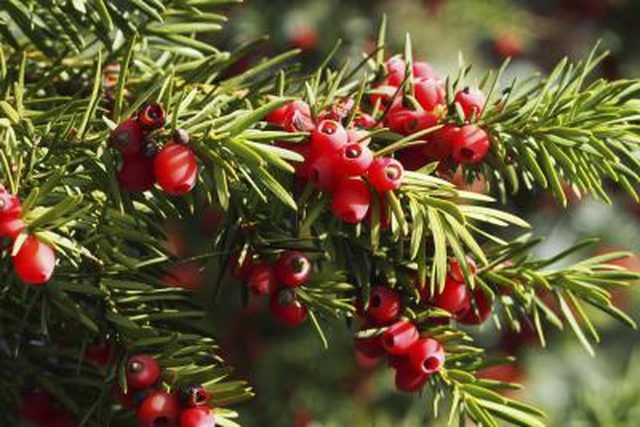Bulbs
Flower Basics
Flower Beds & Specialty Gardens
Flower Garden
Garden Furniture
Garden Gnomes
Garden Seeds
Garden Sheds
Garden Statues
Garden Tools & Supplies
Gardening Basics
Green & Organic
Groundcovers & Vines
Growing Annuals
Growing Basil
Growing Beans
Growing Berries
Growing Blueberries
Growing Cactus
Growing Corn
Growing Cotton
Growing Edibles
Growing Flowers
Growing Garlic
Growing Grapes
Growing Grass
Growing Herbs
Growing Jasmine
Growing Mint
Growing Mushrooms
Orchids
Growing Peanuts
Growing Perennials
Growing Plants
Growing Rosemary
Growing Roses
Growing Strawberries
Growing Sunflowers
Growing Thyme
Growing Tomatoes
Growing Tulips
Growing Vegetables
Herb Basics
Herb Garden
Indoor Growing
Landscaping Basics
Landscaping Patios
Landscaping Plants
Landscaping Shrubs
Landscaping Trees
Landscaping Walks & Pathways
Lawn Basics
Lawn Maintenance
Lawn Mowers
Lawn Ornaments
Lawn Planting
Lawn Tools
Outdoor Growing
Overall Landscape Planning
Pests, Weeds & Problems
Plant Basics
Rock Garden
Rose Garden
Shrubs
Soil
Specialty Gardens
Trees
Vegetable Garden
Yard Maintenance
How to Care for a Yew Shrub
How to Care for a Yew Shrub. Wild yews (Taxus spp.) sail through tough conditions, such as the scorching heat of northwestern Florida summers or the numbing cold of Himalayan winters, and they've passed their toughness on to their cultivated descendants. Yew shrub cultivars grow in U.S. Department of Agriculture plant hardiness zones 2 through 10,...

Wild yews (Taxus spp.) sail through tough conditions, such as the scorching heat of northwestern Florida summers or the numbing cold of Himalayan winters, and they've passed their toughness on to their cultivated descendants. Yew shrub cultivars grow in U.S. Department of Agriculture plant hardiness zones 2 through 10, depending on variety. Growing these easy-care anchor plants has one major drawback: eating their bark, leaves or seeds may be fatal. Keep small children, pets and livestock away.
Feeding Your Yew
Wait a year after planting to fertilize your yew shrub in early spring. If you're in a frost-free area, feeding in late fall is acceptable. Fertilize with 1/4- to 1/2-inch mulch of well-composted manure; increase that to 1 inch if your soil is poor. Spread the manure to the shrub's drip line, where rain falls from the outer branches. Another option is granular, high-nitrogen 12-6-4 fertilizer. Scratch the granules evenly into the soil around its base, keeping them at least 1 foot from the trunk and extending to the drip line. Water them in when you're done. Feed 1/3 pound of fertilizer per 1 foot of the larger of your shrub's width or height. If the larger measurement is 5 feet, for example, use 1 2/3 pounds.
Water and Mulch
Water your yew weekly in dry weather for the first year after you plant it. During drought, or if your established yew grows beneath deep eaves or elsewhere that rain doesn't reach, water every week to 10 days during the spring-to-late-fall growing season. Never water enough that the soil gets soggy. The shrub also benefits from a 2- to 4-inch layer of organic mulch, such as pine needles or shredded bark, around its base. The mulch retains soil moisture and discourages weeds. After breaking down, it also boosts the soil's organic content and -- critical for your plant's health -- improves its drainage. Keep the mulch 6 inches from the trunk to prevent unwanted moisture accumulation.
Spring Pruning
Yew shrubs typically need annual pruning before their new foliage emerges in early spring. Before getting to work, view your plant from a few feet away to determine how to shape its surface. Using clean, sharp hand pruners or branch loppers, cut branches extending beyond the imagined finished surface back to where they join other branches. Prune the shrub so its base is wider than its top. Also remove crossing or sideways-growing branches. To keep the shrub symmetrical, remove all its vertical interior shoots except the strongest one, which becomes the leader. Although disease seldom bothers yews, wiping your tools down with an alcohol-dipped cloth between cuts prevents its accidental spread.
Winter Care
Harsh winter conditions, not pests or disease, are a yew shrub’s downfall. In northern climates, exposure to strong wind or sun robs their foliage of more moisture than their cold roots replenish. To prevent winter burn, soak the top 2 feet of soil before it freezes in fall, and treat the shrubs with a ready-to-use, organic anti-drying agent. One manufacturer recommends spraying when the temperature is above freezing and the liquid has two or three hours of daylight to harden it into a moisture-retaining film. Maintaining the organic mulch through the winter stops frost heaves from uprooting small shrubs.